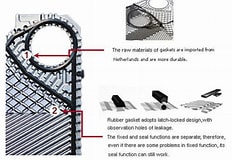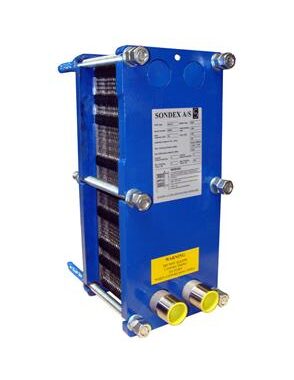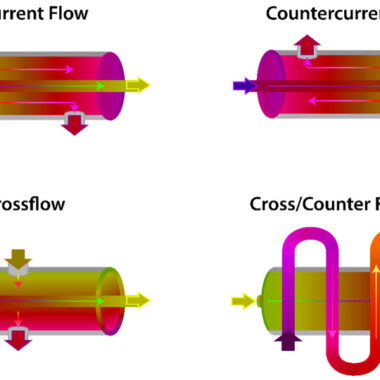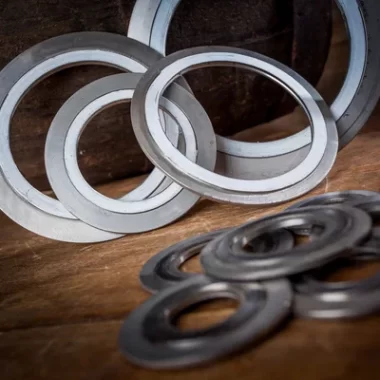Gasket Plate Heat Exchanger
Gasket Plate Heat Exchanger

Gasket Plate Heat Exchanger utilize clip on the gasket and advanced designs that optimize performance. We provide efficient heat transfer in compact equipment with a small footprint. Most important of all, they reduce your operating costs and save you money. The heat exchanger has a flexible design and service-friendly. Even the largest PHE can be serviced and maintained rapidly and easily by one person using standard tools. The product range is extremely wide up to 60 different models. We also have the special plate design for your specific needs.
Plate heat exchanger is composed of frame, heat transfer plate group and clamping bolt. The frame consists of a fixed compression plate and a movable compression plate. And its supported by an upper guide rod and a lower guide rod, and supported by a pillar at the other end. Two kinds of media flow into each channel composed of corrugated plates through flange holes on fixed (or movable) compaction plates, and then the media flow out of the flange holes on fixed (or movable) compaction plates after heat exchange. Reasonable corrugation design increases the effective heat transfer area of the plate, makes the fluid flow turbulently along the corrugation, and strengthens the heat transfer process. Sealing gaskets are installed on the sealing groove of corrugated plate. Different kinds of rubber can be selected according to different fluids and operating temperatures.
Gasket – materials
The choice of rubber material depends on
- Fluids-chemical attack or not
- The combination of temperature and pressure
- Rubber materials change properties due to
- Temperature-the rubber deteriorates
- Hardening by attack of oxidising agents(e.g., oxygen in air)
- Swelling or softening by absorption of chemicals in the fluids
- Nitrile – EPDM – FKM
Duty of Gasket Heat Exchanger
- Operating temperature
- Operating pressure
- Media
- Type of operation continuous / cyclic
- Cleaning methods & chemicals
- Opening frequency
Benefits
- Improved distribution area allows fluid flow to be even.
- The optimal combination of H and L plates can make use of pressure drop at the maximum limit.
- Eliminates the scaling area.
- Higher turbulent flow due to the corrugated design, hence improving the heat transfer coefficient.
- Self-lock devices on the corners of the plate ensure proper fastening.
- Standard roof and leakage proof design of gaskets ensures the durability of the gaskets.
- Clip-on gaskets without adhesives.




